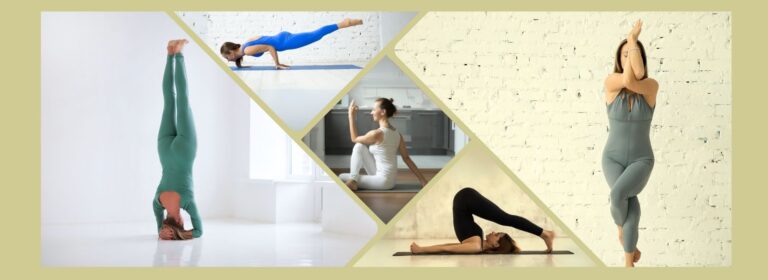Yoga Practice Name
Kagasana (कागासन)


Kagasana (कागासन)
Crow Pose or Crow Sitting Pose
Kagasana resembles the posture of a crow sitting calmly on a branch. It is a simple yet effective squatting position that enhances balance, concentration, and strengthens the lower body. This pose is often used as a preparatory or meditative posture in yoga therapy and traditional hatha yoga.
1. Malasana, 2. Utkatasana, 3. Pawanmuktasana, 4. Bakasana, 5. Upaveshasana